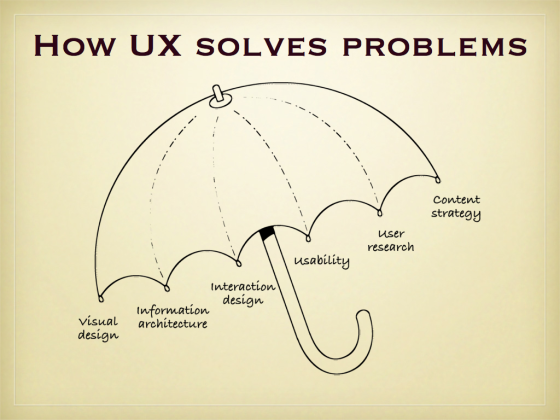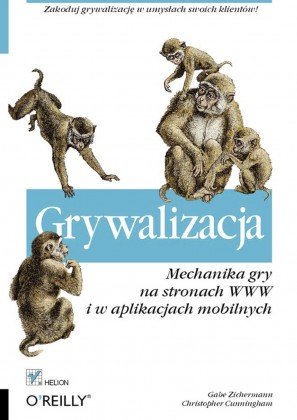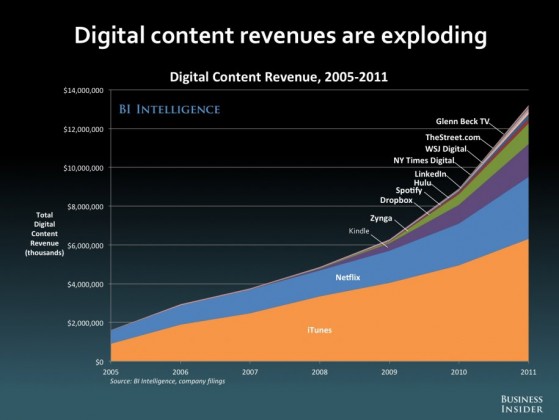Zamiast życzeń, obrazków ze stocków, swiętych Mikołajów i śniegu w JavaScripcie, na tak zwane międzyświęcie polecam trzy bardzo dobre, darmowe książki autorstwa Martina Belama lub Agaty Grabowskiej. Miłej lektury ;)
Notatki z EuroIA Rome 2012, Martin Belam (format: epub, mobi lub PDF). Opis:
All of my notes from the 2012 EuroIA conference in one ebook, featuring coverage of talks by Gerry McGovern, Peter J. Bogaards, Andrea Resmini, Eric Reiss, Jim Kalbach, Carola Weller, Sara Wachter-Boettcher and Stephen P. Anderson.
TrashBook, Agata Grabowska (format: PDF). Opis:
TrashBook to zbiór skrawków, ścinków i resztek badawczych, które Agata Grabowska wraz z zespołem złożyła w jedną recyklingową księgę wiedzy odrzuconej. Powstała ona z grzebania w badawczych śmieciach: z tego, co pada czasem w formie dygresji podczas wywiadów indywidualnych i grupowych, co znajdzie się na marginesie notatek czy w rogu zdjęcia.
Esej The UX of publishing for tablets and smartphones, Martin Belam (format: epub, mobi lub PDF). Opis:
This is an essay version of a talk I gave at the Tablet & App Summit at the World Publishing Expo in Frankfurt, October 2012








Recent Comments